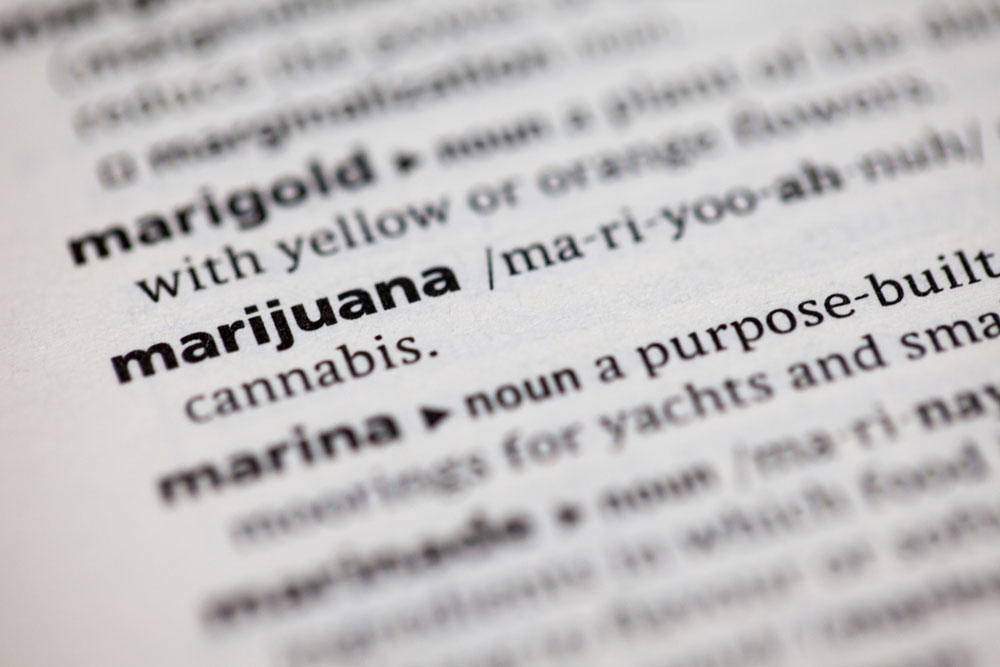Marijuana use in the United States has reached unprecedented heights, fueled by increasing legalization and shifting public perceptions. While many view cannabis as a safer alternative to other substances, emerging research highlights significant health risks associated with its use – especially given the escalating potency of modern marijuana products.
Marijuana Use and Rising THC Potency
While marijuana is still illegal at the federal level, more than half of U.S. states and the District of Columbia have legalized it for medicinal or recreational purposes. In 2022, nearly 26% of Americans reported using cannabis products. This upward trend correlates with the increasing legalization and normalization of marijuana across various states.
One of the most concerning developments in marijuana use is the significant increase in THC concentrations – the primary psychoactive compound in cannabis. In 1995, the average THC content in cannabis was about 4%. By 2017, it had risen to 17% and continues to increase. Concentrated products like oils, dabs and edibles – readily available at many specialty stores and dispensaries – can contain THC levels as high as 95%.
This surge in potency amplifies the drug’s effects and heightens the risk of dependency and adverse mental health outcomes. Higher THC concentrations can lead to more severe withdrawal symptoms and a greater likelihood of developing cannabis use disorder.
Mental Health Implications
Contrary to the belief that marijuana is harmless, substantial evidence suggests it can trigger serious mental health issues. Studies link frequent cannabis use with an increased risk of developing psychotic disorders, including schizophrenia. Younger people whose brains are still developing are particularly vulnerable to marijuana-induced psychosis.
These findings underscore the importance of recognizing marijuana’s potential to cause long-term psychological harm, particularly in people with a family history of mental health disorders.
Warning Signs of Marijuana Dependency
If you use marijuana, it’s crucial to be aware of the signs indicating a developing dependency.
- Increased tolerance: Needing larger amounts to achieve the same effect.
- Withdrawal symptoms: Experiencing irritability, sleep disturbances or cravings when you are sober.
- Neglecting responsibilities: Prioritizing marijuana use over your work, school or social obligations.
- Loss of interest: Diminished enthusiasm for your previous favorite hobbies.
- Persistent use despite problems: Continuing to smoke, vape or ingest cannabis products, even when it causes noticeable issues in your relationships or daily functioning.
Recognizing these signs early can facilitate timely intervention and prevent the progression of a substance use disorder.
A Sanctuary for Holistic Wellness
Understanding the risks associated with marijuana use is the first step toward making informed decisions about your health and well-being. If you struggle with marijuana dependency, Pine Grove offers a world-class drug treatment program where you can receive professional, clinical attention tailored to your specific needs. Our multidisciplinary team provides evidence-based therapies to address substance use disorders and co-occurring mental health conditions. Contact us today to learn more about our accreditation and admissions policies.

